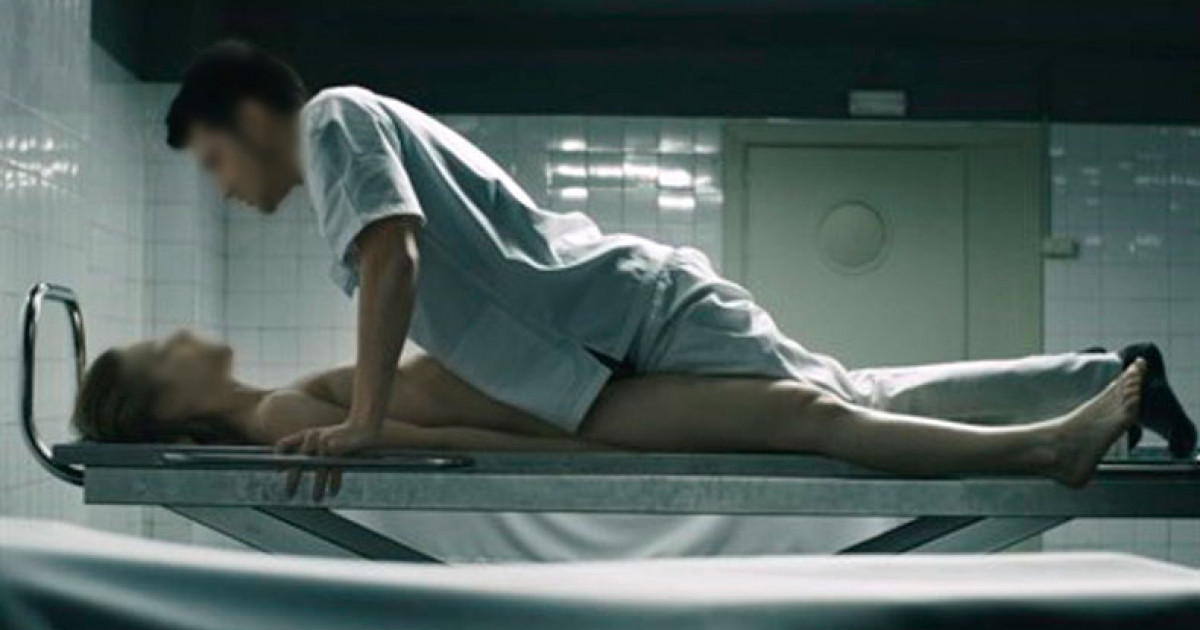Necrophilia: Aspects, Causes, and Treatment
Necrophilia is a sexual disorder characterized by sexual attraction to or arousal from corpses. It is one of the most socially rejected paraphilias, involving intense and repeated sexual fantasies, urges, or behaviors directed towards deceased individuals. This article explores the nature of necrophilia, its characteristics, and potential treatment approaches.
Necrophilia: A Category of Paraphilia
Sexual disorders are broadly categorized into paraphilias, sexual dysfunctions, and gender identity disorders. The term “paraphilia” originates from Greek, combining “para” (alongside) and “philein” (to love). Paraphilias are defined as mental disorders marked by intense and recurrent sexual fantasies, urges, or behaviors involving non-human objects, non-consenting individuals (such as children), or situations like suffering or humiliation. These conditions can significantly impair an individual’s or multiple people’s quality of life. Common paraphilias include exhibitionism, voyeurism, fetishism, and pedophilia.
According to the Diagnostic and Statistical Manual of Mental Disorders (DSM), these sexual fantasies or urges must occur over a significant period (at least six months) and cause significant distress or impairment in social, occupational, or other important areas of functioning, or involve distress, injury, or risk to oneself or others.
Characteristics of Paraphilic Behavior
While paraphilias often appear as extreme behaviors, their underlying mechanisms can be understood by considering how arousal functions in less extreme, common scenarios. For instance, sexting might generate sexual excitement for some. However, if an individual can *only* achieve sexual arousal through sexting, or if this behavior negatively impacts their well-being, it could be considered a paraphilia due to its restrictive and potentially detrimental nature.
In summary, paraphilic behaviors typically exhibit the following characteristics:
- The paraphilia is a sexual desire disorder lasting at least six months, indicating a sustained pattern.
- It encompasses abnormal behavior, specific arousal patterns, fantasies, or associated distress.
- Numerous types of paraphilias exist, where individuals experience fantasies, desires, or even engage in acts with objects or non-consenting individuals.
- Psychotherapy and antiandrogen medications can be beneficial in helping patients manage abnormal sexual behaviors.
Necrophilia: An Unusual Disorder
Within the spectrum of paraphilias, necrophilia, alongside pedophilia, elicits profound social rejection. The concept of sexual intimacy with a deceased person is unfathomable to most. Despite its rarity, historical cases like that of **Carl Tanzler** illustrate its existence; he famously exhumed the body of a former patient to continue intimate acts.
Individuals with necrophilia experience sexual arousal from corpses, fantasies involving them, or the possession of objects belonging to the deceased for intimate play. This pathology often leads individuals to feelings of apathy towards living individuals, dedicating their lives to these forbidden acts.
Social Stigma and Legal Consequences
Some necrophilic cases involve individuals who had a relationship with the deceased during their lifetime and wish to continue copulating after death. In other instances, necrophiles may engage with multiple victims, as seen with Kenneth Douglas, a necrophile from Hamilton County, Ohio, who allegedly had sexual intercourse with over 100 female cadavers while working as a morgue attendant. Such individuals often adapt their lives to facilitate these acts, attempting to circumvent social censure.
Necrophilia carries not only social and personal consequences but also severe legal repercussions. Grave desecration and unauthorized retention of human remains are criminal offenses in most countries. Consequently, many necrophiles face arrest and significant legal problems.
Possible Treatments
The treatment of necrophilia typically involves a range of techniques, often drawing from **cognitive-behavioral therapy (CBT)**. **Psychotherapy**, both individual and group, forms the cornerstone of treatment for these patients and is usually part of a multimodal approach. This may also include **social skills training**, **pharmacotherapy**, and **hormonal treatment**.
The administration of antiandrogen drugs, such as medroxyprogesterone acetate (used in the United States) or cyproterone acetate (used in Europe), is a primary pharmacological treatment for this disorder. Treatment is typically long-term, as deviant sexual arousal patterns can re-emerge shortly after testosterone levels return to normal. Additionally, Selective Serotonin Reuptake Inhibitors (SSRIs), such as fluoxetine or fluvoxamine, may prove useful.
Carl Tanzler: One of the Most Famous Cases of Necrophilia
One of the most widely known cases of necrophilia is that of Carl Tanzler, who remarkably **exhumed the corpse of Maria Elena Milagro de Hoyos, whom he considered the love of his life, to continue having sexual relations with her.**
Tanzler went to extreme lengths, reassembling his deceased beloved’s bones with hangers and wires, inserting glass eyes into her sockets, and replacing decomposed flesh with silk cloth treated with wax and plaster. This elaborate preservation allowed him to maintain the body for an extended period.

Transform Your Health with Every Meal
Delicious. Nutritious. Delivered.
Use code SLICKDEALS for 15% OFF today on your first order!
Shop Now
